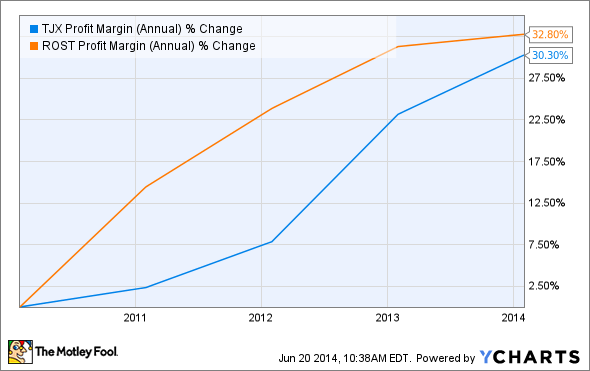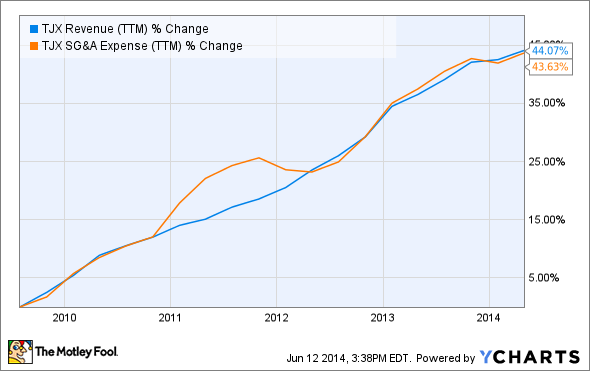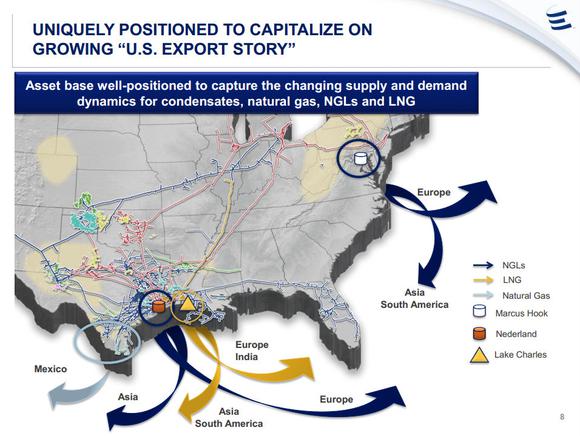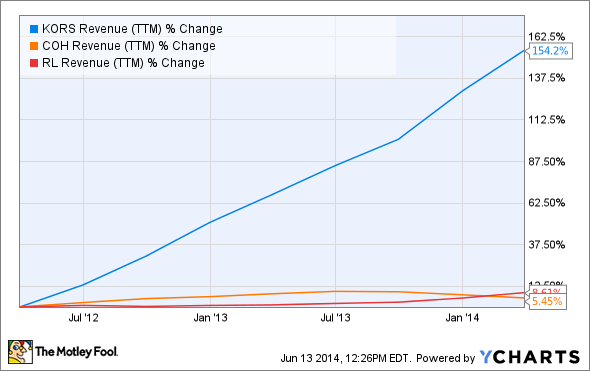Filed under: Investing
A world awash in data begets a multitude of stock screeners and tools at the disposal of any investor with an Internet connection. Suddenly, our fingertips can command searches for the most pedantic investment criteria, allowing us to build lists of potential winners with the simple click of a button. Looking for a consumer goods stock with a P/E less than 14, yielding 2.7%, that bats left and throws right? You can find it in about 45 seconds on any number of investment sites with stock screeners and sortable tables. The problem is that this data is not always correct, and is even occasionally grossly inaccurate. Especially when it comes to distribution growth for new master limited partnerships.
When an MLP goes public, it is very rarely on the very first day of a fiscal quarter, and as a result when it pays its first quarterly dividend it is typically pro-rated to account for the truncated quarter. That means the true growth (sequential or annual) should be calculated using the full amount that would have been paid if it had been a full quarter, not the pro-rated amount. Our computers don't know any better, but we do.
In fact, because so many MLPs went public last year, if you're tracking any of them you may have run into this already.
Let's have a look at what the computer thinks about the sequential distribution growth for some of 2013's fourth-quarter MLPs: Valero Energy Partners , Midcoast Energy Partners , ArcLogistics Partners , and Dynagas LNG Partners .
Now here's what we get if we look at the press releases for these four MLPs:
|
MLP |
2013 Q4 Dist. (Actual, Pro-Rated) |
Based on Min. Dist. |
2014 Q1 Distribution |
Growth |
|---|---|---|---|---|
|
Valero Energy Partners |
$0.037 |
$0.2125 |
$0.2125 |
0% |
|
MidCoast Energy Partners |
$0.1664 |
$0.3125 |
$0.3125 |
0% |
|
ArcLogistics Partners |
$0.2064 |
$0.3875 |
$0.3875 |
0% |
|
Dynagas LNG Partners |
$0.1746 |
$0.3650 |
$0.3650 |
0% |
Source: Company press releases
Looks a bit different! None of these MLPs actually increased their distributions quarter over quarter, despite the fact that the computer shows us tremendous growth. In this case, the growth is so ridiculous that most of us could tell that something was up, imploring us to dig a little deeper, but that is not always the case.
Consider SunCoke Energy Partners for a moment. The partnership went public last January and has a full year of operations under its belt. The computer tells us that its year-over-year distribution growth looks like this:
SXCP Dividend data by YCharts
That's impressive, and while 60% distribution growth is not common, it's not so unbelievable that investors would second-guess it immediately. In reality though, SunCoke is posting 22% growth on an annual basis, once you account for its pro-rated distribution for the first quarter of 2013.
Bottom line
Twenty MLPs went public in 2013, which means from now until fourth quarter earnings come out in January and February, investors have to be careful with their distribution growth data. The bigger take away, of course, is that stock screeners and other data driven stock tools are great, but they're not infallible. Use them to find ideas, but make sure you are looking at company filings and press releases before you invest.
Digging deeper into MLPs
The Motley Fool has put together a special report listing a few of the best MLPs on the market, while also explaining the dreaded K-1 form. Take advantage of this opportunity by grabbing your brand-new special report, "The IRS Is Daring You to Make This Investment Now!," and you'll learn about the simple strategy to take advantage of a little-known IRS rule. Don't miss out on advice that could help you cut taxes for decades to come. Click here to learn more.
The article Income Investors Searching for Distribution Growth? Don't Fall Into This Trap originally appeared on Fool.com.
Aimee Duffy has no position in any stocks mentioned. The Motley Fool has no position in any of the stocks mentioned. Try any of our Foolish newsletter services free for 30 days. We Fools may not all hold the same opinions, but we all believe that considering a diverse range of insights makes us better investors. The Motley Fool has a disclosure policy.Copyright © 1995 - 2014 The Motley Fool, LLC. All rights reserved. The Motley Fool has a disclosure policy.
Read | Permalink | Email this | Linking Blogs | Comments




































